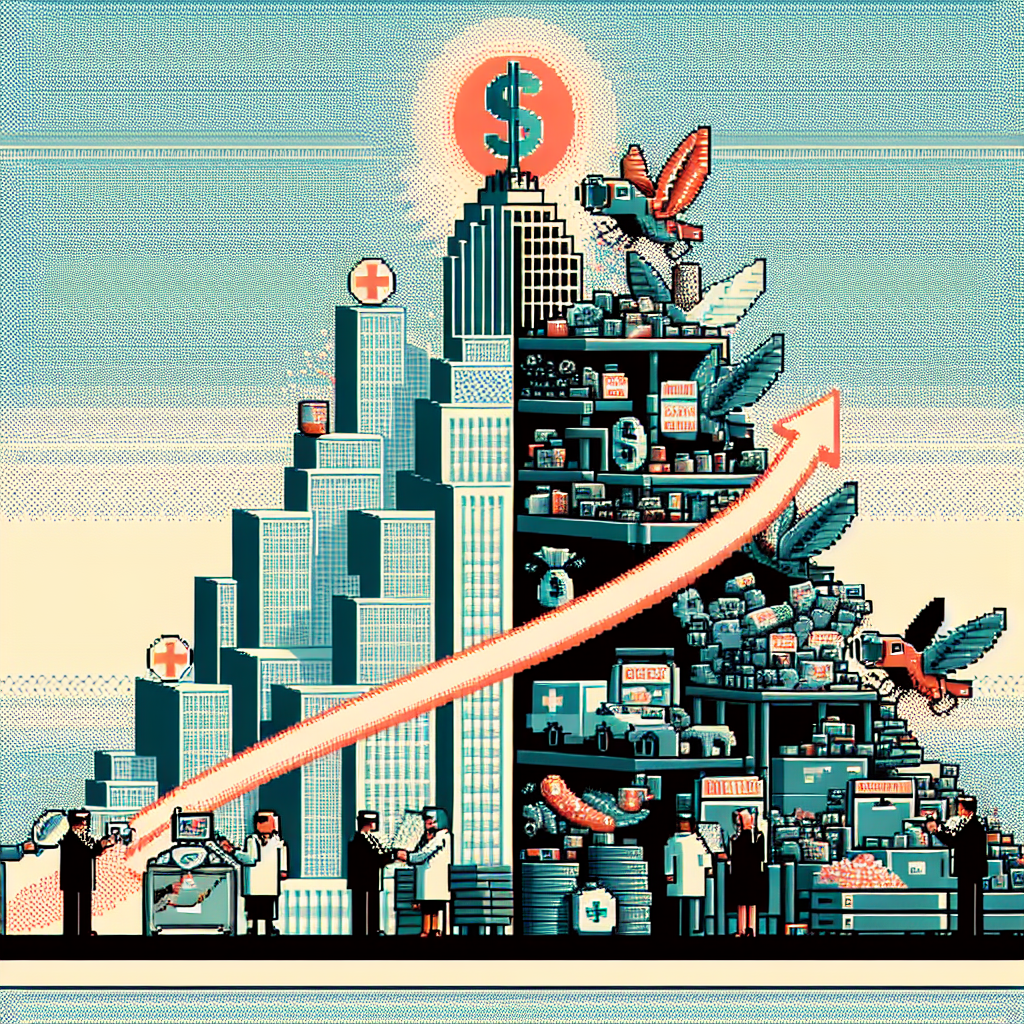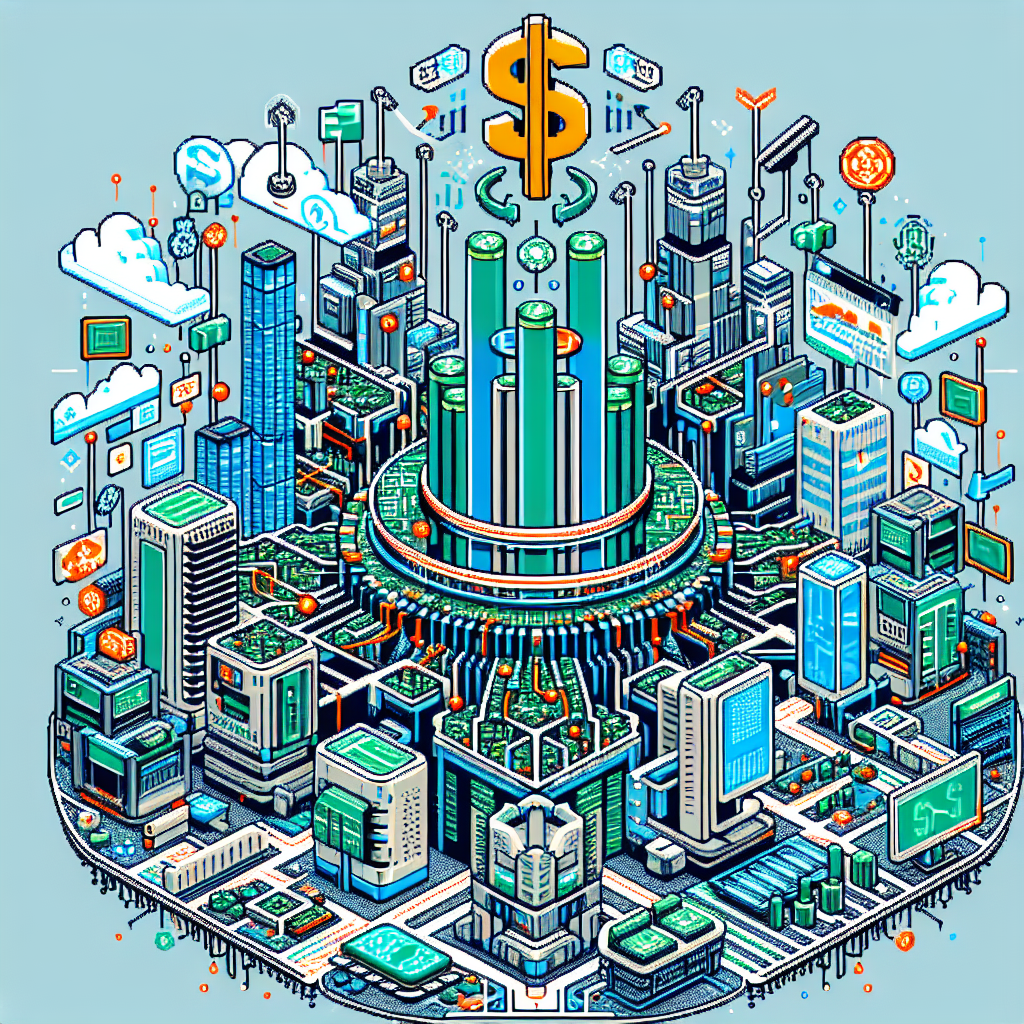Why is China spending billions to get people to open their wallets? - BBC.com | Analysis by Brian Moineau
Title: The Great Wallet Awakening: China's Billion-Dollar Bet on Consumer Spending
In an economic landscape that feels more like a suspense thriller than a financial report, China is playing a high-stakes game to awaken the wallets of its citizens. The recent move by Beijing to splash billions in hopes of enticing consumers to spend is a plot twist that has captured the attention of economists and armchair analysts alike. But why is the world’s second-largest economy pulling out all the stops to get people to open their wallets?
For starters, Beijing is banking on the idea that better wages and enticing discounts can stave off more severe economic woes. The Chinese government is essentially putting its chips on consumer spending as a means to stimulate growth and avoid a potential downturn. Think of it as a grand economic pep rally, with the government as the cheerleader and consumers as the team that needs a morale boost.
China’s strategy isn't exactly unprecedented. Many countries have employed similar tactics in hopes of jumpstarting sluggish economies. Take, for instance, the United States during the COVID-19 pandemic, where stimulus checks were sent out to encourage spending and keep the economy afloat. Similarly, Japan has often relied on government spending and incentives to navigate its own economic challenges.
However, China's situation is unique in several ways. With a population of over 1.4 billion, the potential for consumer spending is enormous. Yet, the challenge lies in overcoming a cautious consumer mindset, heightened by economic uncertainties and a culture that traditionally values saving. There's a delicate balance to be struck between encouraging spending and avoiding the risk of inflation or increased debt among citizens.
The global context adds additional layers to this narrative. As inflation continues to challenge economies worldwide, China's approach could offer lessons or warnings to other nations grappling with similar dilemmas. For example, in Europe, where inflation rates have been a hot topic, policymakers may watch China's experiment closely, considering similar strategies to entice spending while keeping inflation in check.
Moreover, technology and e-commerce play a critical role in this spending push. Digital marketplaces and cashless payments have made it easier than ever for consumers to spend, and China is no exception. Companies like Alibaba and JD.com are at the forefront, offering promotions and sales that mirror Western phenomena like Black Friday or Cyber Monday. This digital dimension not only reflects changing consumer habits but also highlights the potential for tech to drive economic recovery.
Yet, there’s a human element to this economic equation that can’t be ignored. The average Chinese consumer, much like anyone around the globe, is influenced by emotions, perceptions of stability, and broader societal trends. While economic incentives can certainly encourage spending, long-term consumer confidence is built on a foundation of trust in the economy, job security, and an optimistic outlook for the future.
In the grand scheme of things, China's billion-dollar bet on consumer spending is a fascinating experiment. It emphasizes the critical role of consumer psychology in economic policy and highlights the interconnected nature of today's global economies. As we watch this storyline unfold, it’s worth considering how similar strategies might play out elsewhere and what they mean for our own spending habits.
Final Thought: Will Beijing's strategy pay off? Only time will tell. But one thing’s for sure: in the theater of global economics, China’s attempt to turn its consumers into the heroes of its financial narrative is a performance worth watching. Whether it's a drama, a comedy, or a triumph, we'll have to wait and see. In the meantime, it’s a reminder of the power of the consumer and the lengths to which governments will go to keep economies thriving.
Read more about AI in Business




